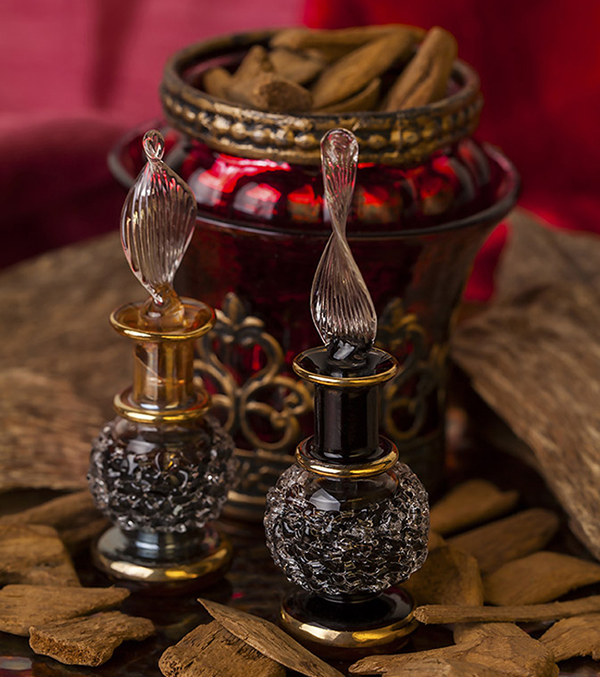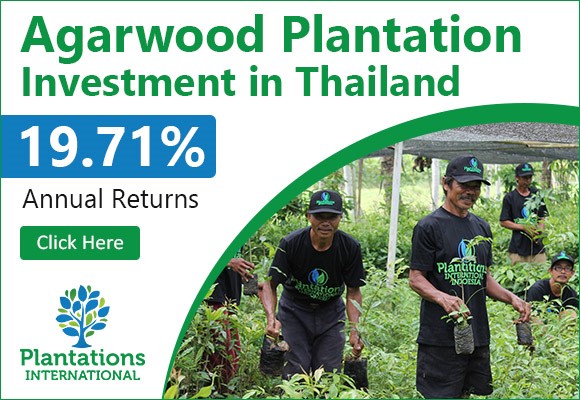A DRAFT administrative order that may pave the way for the commercial propagation of the agarwood-producing Aquilaria tree species in the Philippines amid the pandemic is now being reviewed by a technical working group of the Department of Environment and Natural Resources (DENR) Central Office.
Once it passes the crucial assessment, the draft administrative order will be submitted to the Office of the Secretary of the DENR for signing, finally putting in place guidelines for the establishment of commercial or backyard tree farms for the purpose of producing agarwood.
A DRAFT administrative order that may pave the way for the commercial propagation of the agarwood-producing Aquilaria tree species in the Philippines amid the pandemic is now being reviewed by a technical working group of the Department of Environment and Natural Resources (DENR) Central Office.
Once it passes the crucial assessment, the draft administrative order will be submitted to the Office of the Secretary of the DENR for signing, finally putting in place guidelines for the establishment of commercial or backyard tree farms for the purpose of producing agarwood.
“The draft guideline is still with the planning and technical working group undergoing review,” Atty. Theresa Tenazas, chief of the DENR’s Wildlife Resource Division, told the Business Mirror.
Nevertheless, she said, interested parties may now apply for a wildlife collector’s permit (WCP) for the purpose of gathering Aquilaria trees, which they can propagate, perhaps as an income-generating venture amid pandemic economic difficulties. The prospect of the draft guidelines eventually getting the approval may happen soon.
Seeds and seedlings of Aquilaria are also now available on the market, as some countries have started commercial propagation of the unique tree species, it was learned.
“I think so. It will be approved, eventually. As a policy-making body, we recommended it. It is now in the planning and technical working group for further study,” says Tenazas.
Targeted Commodity
BECAUSE it is expensive, agarwood is a target of illegal wildlife traders. The market for this rare wood product is not local but outside the country. “Buyers are from other Asian countries, not here,” Rogelio Demelletes, a wildlife law enforcer from the DENR-BMB, told the Business Mirror.
Those who brave the dense forests of the Visayas and Mindanao in search for agarwood, he said, are highly motivated by the cost of this rare commodity.
First-class agarwood can fetch up to $100,000 per kilo. “When you say first class, it is very fragrant,” says Demelletes. Less fragrant agarwood can fetch from P500,000 to P1 million per kilo, he said.
Agarwood Collection & Propagation
ONCE put in place, Tenazas said, the guidelines would allow the process for wildlife collectors’ permit application to start rolling.
“Once approved, those with a wildlife collector’s permit will need to have a wildlife culture permit for trees. That’s the counterpart of a wildlife farm permit,” Tenazas said.
Upon approval by the DENR-BMB, applicants for wildlife culture permits can start the commercial propagation of Aquilaria trees.
“Right now, we are open for wildlife collector’s permit. They can apply anytime. The problem is we still haven’t identified the areas where these trees can be found,” she said.
She said the DENR-BMB and the Forest Management Bureau (FMB) might need to conduct a survey to identify the areas where the collection can be allowed.
The conduct of mapping and surveying to identify the areas is also integrated into the draft guideline submitted by the DENR-BMB.
“The DAO proposes limited collection depending on the population of agarwood in an area,” she said. “We still have to work with the FMB for the mapping of the location of agarwood,” she said.
Authorities have made several arrests against those who have been caught illegally transporting small quantities of agarwood. While the agarwood the perpetrators collected is in small quantities, it is highly possible that they have already cut several trees to collect even just a kilo.
“It’s hits and misses. Not all Aquilaria they can find are agarwood. But they cut it down, nevertheless,” Demelletes said.
What is Agarwood?
AGARWOOD, also called the “wood of the gods,” is one of the most expensive woods in the world.
Sought for its fragrance, agarwood comes from several species of Aquilaria trees.
Asian Forest Cooperation Organization (AFoCo) Executive Director Ricardo L. Calderon said agarwood is formed in the heartwood of Aquilaria trees when infected with a type of mold. As the infection progresses, a dark aromatic resin called agar is produced.
With its distinct fragrance, agarwood is used in incense and perfume, and sometimes for its medicinal value.
“Due to the depletion of the tree species from the wild caused by over-harvesting and habitat loss, it was listed under Appendix II of CITES in 2004,” Calderon said.
“Agarwood is highly revered in Hinduism, Chinese folk religion and Islam,” Calderon, a forestry expert, said.
He believes that through commercial propagation, overharvesting can be avoided as a legal source of the precious commodity becomes available in the Philippines.
Agarwood Has Huge Economic Potential
BECAUSE of its commercial value, Agarwood plantations have already been developed in Thailand, Malaysia, Sri Lanka and Cambodia, said Calderon, who initiated the crafting of the proposed guideline for the commercial propagation of Aquilaria trees and agarwood during his stint as director of the DENR-BMB.
Calderon said there’s economic opportunity in agarwood farming. Even backyard farming, he said, is quite promising.
Other countries have developed a way to produce agarwood, which is also possible in the Philippines, Calderon said.
The science behind it is already known and there are ways to make it happen in tree farms.
While agarwood takes a decade or more to develop in the forest, in tree farms, agarwood can be mature in three to five years, according to Calderon.
“Agarwood is produced naturally in the forest when the tree is injured. In the plantations in Thailand, Cambodia and Indonesia and in Papua New Guinea, they intentionally injure the trees for the mold to develop and produce agarwood,” says Calderon.
According to Calderon, the DENR through its forestry experts can help provide the much-needed training and capacity building for would-be agarwood farmers.
“We have Filipino foresters who have been employed in some of the tree farms doing these,” he added.
Aquilaria, he said, are usually found in secondary forests, between 300 and 400 meters above sea level. “These are rolling areas,” says Calderon.
But in tree farms, he said, it can be grown in low-elevation areas.
“In our proposed regulation, it can even be done in backyards. As long as they register the tree, they can get a permit to harvest it once it develops agar,” he said.
Article Author: John Mayuga
Article Source: businessmirror.com.ph


